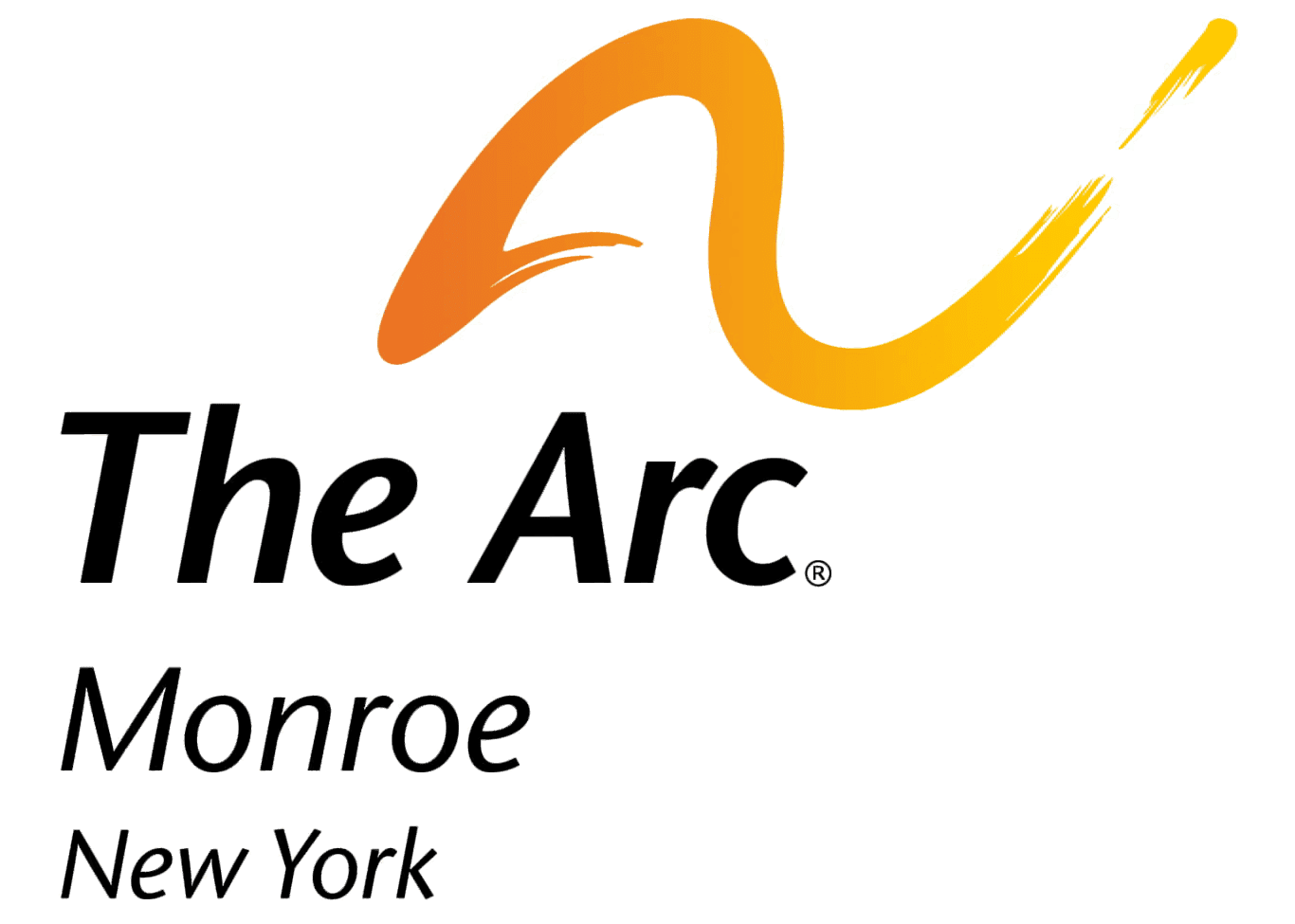We hope this blog about cholesterol is helpful to you! Our Health Services team at The Arc of Monroe is a wealth of information. Our staff is made up of experienced professionals who primarily support people with disabilities. To learn more about who they are, visit our Health Services page. If you’re interested in working with us at The Arc of Monroe, visit our careers page. If you’d like to give and help make valuable resources like this possible, you can give online.
Your body makes all the cholesterol you need to stay healthy – yes, healthy! We need cholesterol to help our bodies build cells, make hormones, regulate metabolism and help your body absorb Vitamin D (which we need to help us absorb calcium and for a healthy heart) – WOW!
KINDS OF CHOLESTEROL
- LDL – Low Density Lipoprotein – also known as BAD cholesterol. Maybe you can remember this by thinking the first ”L” means LOUSY!!!! LDL is sticky stuff and that is exactly what it does in your blood vessels. When we eat too many foods high in cholesterol LDL starts to build up and your vessels get clogged with plaque and eventually harden (atherosclerosis) and clots can form. This leads to stroke, heart attacks and high blood pressure.
- HDL – H igh Density Lipoprotein – also known as GOOD cholesterol. Think of the “H” meaning HEALTHY! HDL is very dense and does not stick to your vessels. In fact, it helps to take the LDL out of your blood vessels and back to the liver where it’s removed.
- TRIGLYCERIDES – We can‘t forget this fat! We do need a small amount of this from energy but not too much because whatever you don’t use gets stored as… you guessed it FAT! Some of our triglycerides come from your liver, but LOTS can come from your diet. It’s worth saying more than once triglycerides are fats that were once sugary foods, alcohol and diets high in carbohydrates.
Healthy Cholesterol Levels
- LDL should be < 100mg/dl
- HDL should be > 40mg/dl
- Triglycerides should be < 150mg/dl
- TOTAL Cholesterol should be around 200 or less*
*REMEMBER THAT THE BREAK DOWN OF THESE LEVELS IS IMPORTANT. MAKE SURE YOU TALK TO YOUR MD ABOUT THIS. YOU MAY HAVE A TOTAL CHOLESTEROL OF 250 WITH YOUR LDL BEING ONLY 50 AND YOUR HDL BEING 200! THAT IS A GREAT RATIO – SO YOU SEE IT CAN’T SIMPLY BE ONE NUMBER!
If you have relatives who have elevated cholesterol, you are more prone to this. Many clinicians feel screening should start in your 20’s to be on top of any issues before they happen. High cholesterol doesn’t “hurt” so we don’t know we have it unless we have blood tests.
HEALTH RISKS
- Heart disease
- Stroke
- Hypertension
- Obesity (based on diet intake)
- Poor circulation
How to keep cholesterol at normal levels
- Control your diet for your health! Decrease saturated fats – remember, the harder the fat, the more saturated it is – (Beef fat, butter fat, full fat dairy) Eating unsaturated fats like olive and canola oil, avocados and nuts can actually help decrease cholesterol levels. NOTE: Coconut and palm oil, although liquid are VERY high in saturated fat!!!
- Increase fruit/veggies, fish and beans
- Exercise – start slow for success and increase up to 40 minutes 3x a week. Exercise literally makes us feel better in every way.
- Keep your weight as close to ideal body weight as possible. We all know if we are overweight it’s because we eat too much of the wrong things L
- REMEMBER – Medication alone will not keep your cholesterol levels down and your body from suffering dangerous changes that prolonged high cholesterol can cause.
Please consider a donation so we can continue to provide health services to people with intellectual and developmental disabilities.

Shelley VanLare is a Registered Nurse at The Arc of Monroe. She has been with The Arc for seven years. Shelley encourages anyone with questions to email her at svanlare@arcmonroe.org
